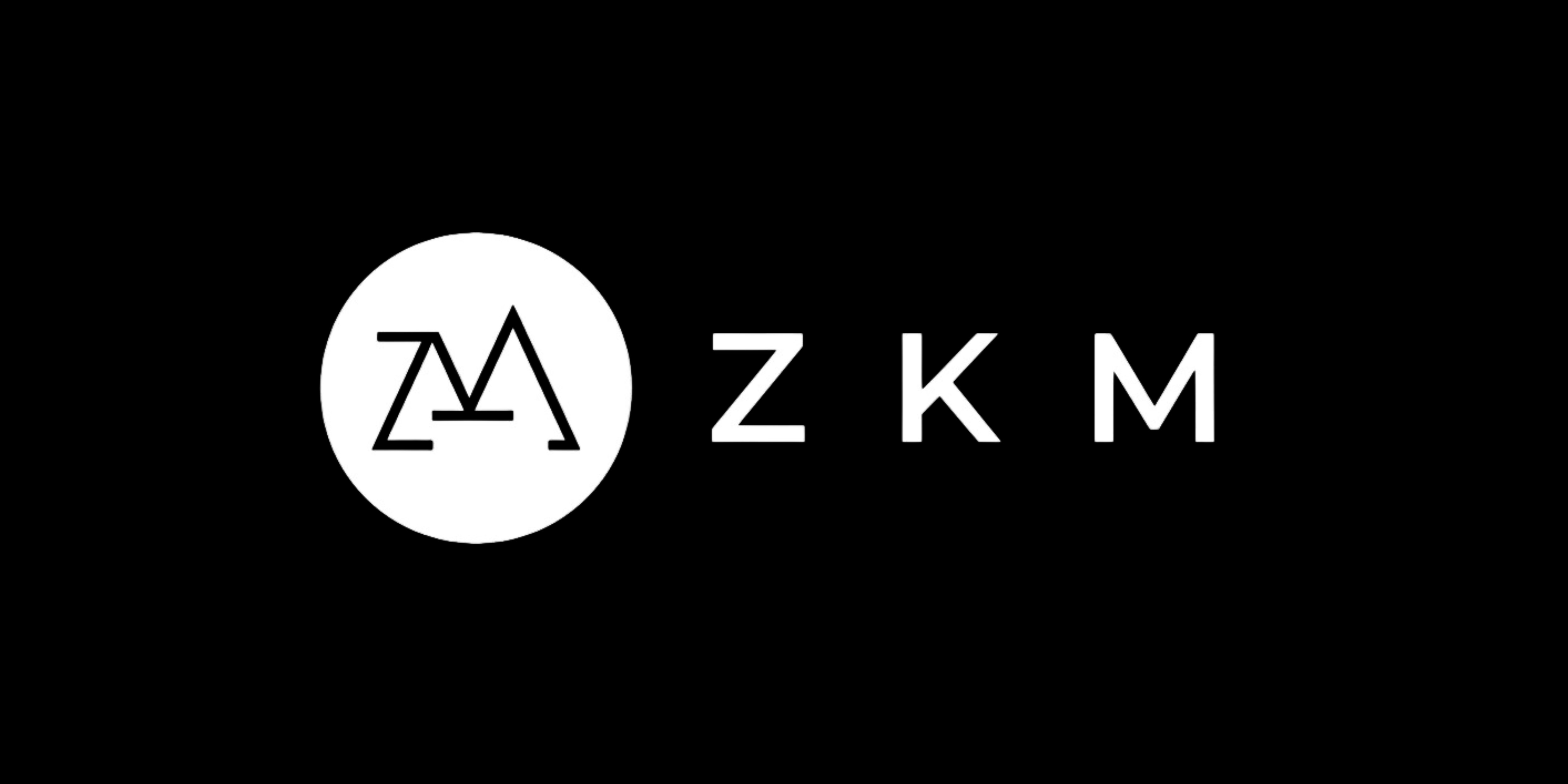Introduction
ZKM (Zero-Knowledge MIPS) is an innovative project aiming to unify native liquidity across all blockchains by developing a general-purpose zkVM. This technology integrates with blockchain infrastructure to facilitate state changes between chains securely and decentralized. This review evaluates ZKM’s innovation, architecture, code quality, product roadmap, usability, and team.
Innovation
ZKM stands at the forefront of blockchain interoperability, leveraging Zero-Knowledge Proofs (ZKPs) and the MIPS (Microprocessor without Interlocked Pipeline Stages) architecture. The ZKM initiative envisions Ethereum as the foundational settlement layer for various blockchains and non-blockchain technologies, providing a robust framework for verifiable computation. The introduction of zkMIPS, a Verifiable Computing platform, highlights ZKM’s innovative approach to bridging the gap between blockchain and traditional systems.
Architecture
The architecture of ZKM‘s zkVM is centered around the MIPS architecture, known for its simplicity and efficiency. This minimalistic design allows straightforward conversion of MIPS assembly language instructions into ZK-MIPS, reducing potential bugs and issues. The process involves running target programs, collecting execution traces, and encoding these into sets of polynomials. Advanced cryptographic techniques compress these polynomials into cryptographic objects, which are then verified by the zkVM.
Code Quality
ZKM’s commitment to open-source development ensures transparency and continuous improvement. The use of MIPS architecture, combined with Zero-Knowledge technology, reflects a high standard of code quality. The emphasis on minimalism and efficiency in the MIPS architecture translates to a clean and maintainable codebase, facilitating easier debugging and enhancement.
Product Roadmap
ZKM’s product roadmap includes ambitious goals to extend its zkVM solution to various use cases:
- Hybrid Rollup
- Bitcoin L2
- Entangled Rollup: Enables trustless communication between two rollups, allowing transactions across incompatible blockchains using Layer 2 solutions.
- Universal L2 Extension
- zkML
These initiatives showcase ZKM’s commitment to advancing blockchain interoperability and verifiable computing.
Usability
ZKM zkVM’s ability to accept MIPS assembly language instructions from any application or system enhances its usability. This flexibility allows for broad integration across different platforms, facilitating the generation of ZK proofs that can be verified on the Universal Settlement Network. Arithmetization and cryptographic objects ensure that the verification process is efficient and secure.
ZKM Team
ZKM’s team is led by innovative minds committed to pushing the boundaries of blockchain technology. The founder, Kevin Liu, brings a wealth of experience and vision to the project. The team’s dedication to open-source development and strategic partnerships, such as with MetisDAO Foundation, underscore their commitment to building a robust and inclusive blockchain ecosystem.
Conclusion
ZKM presents a groundbreaking approach to blockchain interoperability and verifiable computing. Its use of Zero-Knowledge Proofs and the MIPS architecture highlights a commitment to innovation and efficiency. With a clear product roadmap and a dedicated team, ZKM is poised to contribute significantly to the blockchain space. The project’s open-source nature and strategic vision for Ethereum as a global settlement layer further reinforce its potential for widespread adoption and impact.
| Initial Screening | |||
| Keep researching | |||
| Does this project need to use blockchain technology? | Yes | ||
| Can this project be realized? | Yes | ||
| Is there a viable use case for this project? | Yes | ||
| Is the project protected from commonly known attacks? | Yes | ||
| Are there no careless errors in the whitepaper? | Yes | ||
| Project Technology Score | |||
| Description | Scorecard | ||
| Innovation (Out Of 11) | 9 | ||
| How have similar projects performed? | Good | 2 | |
| Are there too many innovations? | Regular | 2 | |
| Percentage of crypto users that will use the project? | 6% -10% | 3 | |
| Is the project unique? | Yes | 2 | |
| Architecture (Out of 12) | 9 | ||
| Overall feeling after reading whitepaper? | Good | 2 | |
| Resistance to possible attacks? | Good | 2 | |
| Complexity of the architecture? | Very complex | 0 | |
| Time taken to understand the architecture? | 20-50 min | 1 | |
| Overall feeling about the architecture after deeper research? | Good | 4 | |
| Has the project been hacked ? | No | 0 | |
| Code Quality (out of 15) | 13 | ||
| Is the project open source? | Yes | 2 | |
| Does the project use good code like C,C++, Rust, Erlang, Ruby, etc? | Yes | 2 | |
| Could the project use better programming languages? | No | 0 | |
| Github number of lines? | More than 10K | 1 | |
| Github commits per month? | More than 10 | 2 | |
| What is the quality of the code? | Good | 2 | |
| How well is the code commented? | Outstanding | 2 | |
| Overall quality of the test coverage? | Good | 1 | |
| Overall quality of the maintainability index? | Good | 1 | |
| When Mainnet (out of 5) | 5 | ||
| When does the mainnet come out? | Mainnet ready | 5 | |
| Usability for Infrastructure Projects (out of 5) | 5 | ||
| Is it easy to use for the end customer? | Yes | 5 | |
| Team (out of 7) | 5 | ||
| Number of active developers? | 3+ | 1 | |
| Developers average Git Background? | Intermediate | 1 | |
| Developers coding style? | Outstanding | 3 | |
| Total Score (out of 55) | 46 | ||
| Percentage Score | |||
| Innovation | 16.36% | ||
| Architecture | 16.36% | ||
| Code Quality | 23.64% | ||
| Mainnet | 9.09% | ||
| Usability | 9.09% | ||
| Team | 9.09% | ||
| Total | 83.64% |





